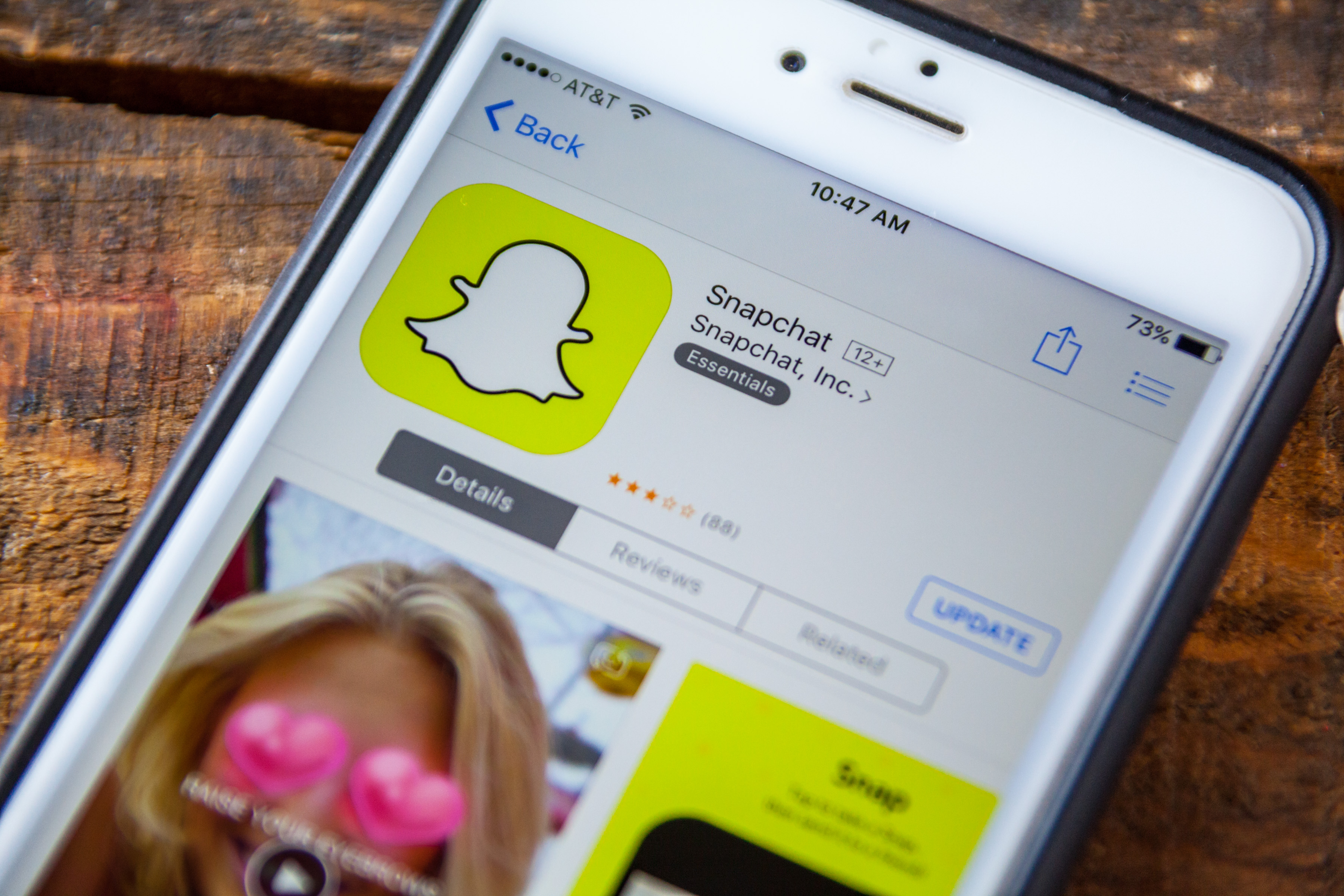Report: App Install Ad Spend to Reach $64B by 2020

January 11, 2019 | Article written by Carly Morris
According to AppsFlyer research, global app install ad spend is predicted to increase by 65% between 2018 and 2020, reaching an estimated $64.1 billion within the next year. Also on the fast track for growth within that time period? Global non-organic app installs, which are projected to grow 110% by 2020.
This data not only proves that the app advertising economy is still thriving, but also puts the pressure on advertisers to help their apps stand out in an increasingly crowded market.
So, what’s the best way for app advertisers make a splash in a brimming market, all the while retaining new users from around the world?

First things first, it’s important to understand some of the key factors contributing to app install ad growth in the first place:
● Gaming and Shopping Apps Continue to Gain Popularity
Shopping and gaming apps make up about 44% of all non-organic installs combined. It’s therefore no surprise that as the competition for shopping and gaming apps grows, app install ad spending follows suit.
● As Mobile Hardware Advances, So Does Mobile Ad Spend
The advancement of mobile technology, including AR and foldable phones, directly correlates to the increase of total apps in the market. These advances in hardware and apps in turn lead to the advancement of available ad types, from video, to rewarded, to playable, and personalized ads.
● More Data, More Downloads
As data plans evolve to become more affordable and more data-focused, video and music streaming apps like Spotify and Hulu are seeing a major increase in downloads and engagement as a result. This also gives hope to other mobile advertisers promoting apps that require more data for full functionality.
Strategies to Consider in 2019
What does this all mean for mobile marketers? To stay competitive in the current market, advertisers need to focus on intelligently budgeting their ad spend and better balancing their organic and paid acquisition strategies.
Here are a few of the best ways to do this in today’s digital ecosystem:
● Encourage Downloads Through Trusted Voices
37% of 25-34-year-olds are more likely to trust what an influencer says about a brand than what a brand says about itself. To authentically and organically promote app installs, advertisers should consider leveraging influencers for real-world recommendations and use cases.
● Reach the Right People
71% of U.S. internet users today prefer ads tailored to their interests and shopping habits. Given the influx of app install ad spending, it’s important to stand out among the noise and grab your audience’s attention through personalized ads and truly meaningful experiences.
● Don’t Underestimate the Power of Search
Apple recently reported that 60% of downloads come from direct searches within the App Store. To increase visibility of your app in these crucial moments, it’s smart to take advantage of Apple Search Ads Basic or Advanced to reach users as they’re already searching for new apps organically.
● Prevent Ad Fraud
The Association of National Advertisers estimated that businesses lost more than $6.5 billion due to ad fraud in 2017. This means that it’s equally as important for advertisers to invest in combating ad fraud as it is to invest in pure promotion. Remember to stay vigilant for signs of ad fraud, and work with a trusted partner to monitor your performance at every step of the process.
● Leverage Popular New Mediums
To reach Millennials and Gen Z, app advertisers should remain forward-facing and try to take advantage of popular new advertising tools like video that are proven to grasp the attention of these young and in-demand audiences.
As 2019 kicks off, app advertisers should be optimistic about the growing market and all the new opportunities that it provides. However, as always, it’s still crucial to leverage hard data in order to make intelligent strategic decisions based on your unique audience behaviors.
Need data-driven decisions for smarter advertising? That’s our specialty! Let’s chat: info@taptica.com


